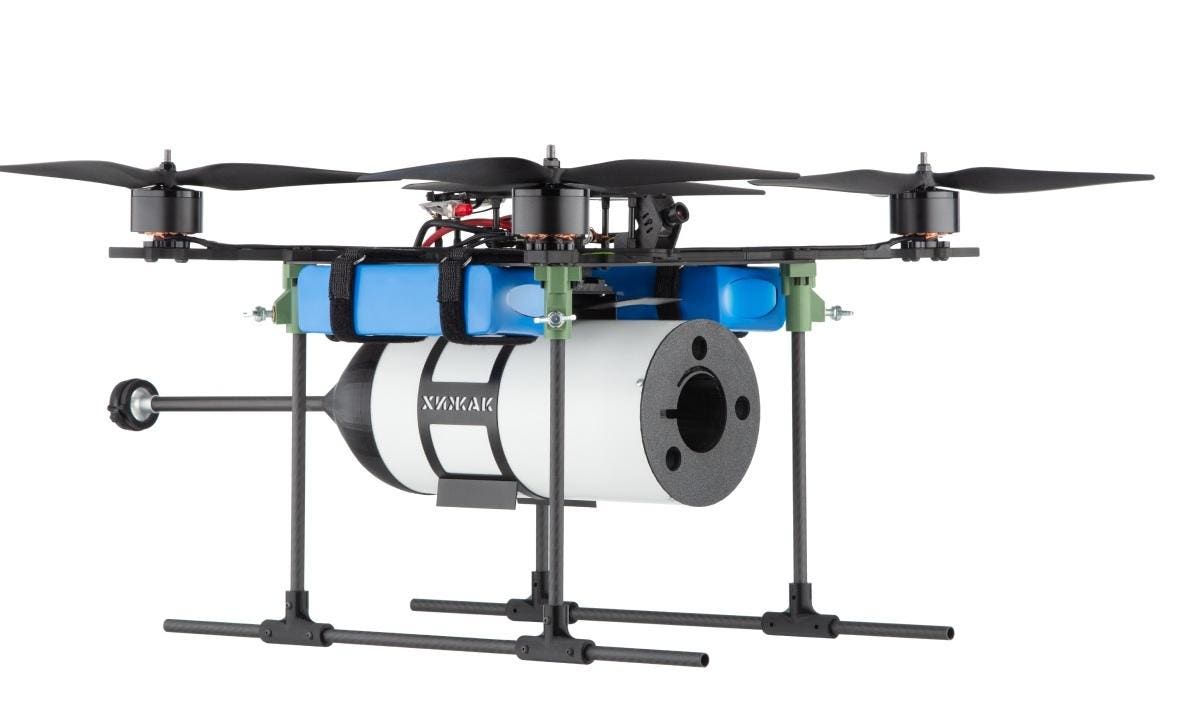Alexander Clausbruch, CEO North America, Radix, offering operational excellence for asset-intensive industries.
Amid growing geopolitical tensions and unpredictable politics, the global economy is steeling itself for constant, sudden change. As the new U.S. administration rolls out unprecedented international tariffs, industrial supply chains and materials deliveries must brace for significant disruption risk.
For many organizations, the period during the pandemic brought logistics into sharp focus as demand-supply shocks and international bottlenecks reshaped global production cycles. That same need for organizational agility and resilience is being brought to the fore in today’s turbulent economic and political climate. This extended period of instability and volatility has been termed a “permacrisis” by former dean of Stanford Business School Michael Spence in a book of the same name, co-authored by Gordon Brown, Mohamed El-Erian and Reid Lidow.
According to research from the Business Continuity Institute, 80% of global organizations’ supply chains were disrupted over the past 12 months, with most experiencing between one and 10 disruptions.
The Need For A Smarter Supply Chain
Modern technologies have advanced to such a level that they can now fortify supply chains with the necessary agility and intelligence to navigate operational fluctuations. By adopting the right technology infrastructure and supporting strategies, forward-thinking industrial firms can not only withstand volatility but thrive in it.
Innovative solutions help provide businesses with an end-to-end, clear view of the supply chain. The digital twin—a virtual replica of a company’s systems and processes that can use real-time data to test and optimize scenarios—helps to form the core of optimized modern supply chain management.
A digital twin integrates live data from sensors, Internet of Things (IoT) devices and enterprise systems to create a digital representation of a supply chain. This setup allows businesses to monitor operational performance in real time while optimizing production planning, inventory management and logistics. It’s no wonder the market for digital twins is set to grow 40% annually, reaching $259 billion by 2032, according to Fortune Business Insights.
Companies that can swiftly adjust their supply chains by sourcing from different suppliers, changing production methods or rerouting logistics can gain a competitive edge. A study by the Digital Supply Chain initiative, which polled 24 top executives running some of the world’s largest supply chains, found that supply chain digitization can lead to a 20% reduction in procurement costs, a 50% reduction in supply chain costs and 10% revenue increases. Digitized supply chains also help to optimize resources, reduce waste and support sustainability efforts by adapting production and distribution based on real-time demand.
More Technologies, More Resilience
A broad suite of technologies supports the modern digital twin in making supply chains more agile and resilient. AI-infused analytics can be fed into the system to help businesses forecast demand, optimize routing and automate decision-making. Machine learning algorithms can then identify patterns in supply chain data, making predictive insights more accurate and actionable.
IoT enables real-time tracking of shipments, inventory levels and equipment performance. Smart sensors provide critical insights, like temperature monitoring for perishable goods or vibration tracking for machinery maintenance.
All the while, cloud-based supply chain platforms support global accessibility, ensuring that all stakeholders—from manufacturers to drivers and retailers—can access real-time data. As a real-world, firsthand example, a pulp and paper mill (a customer of my company) implemented a digital twin that allowed the company to calculate and display mill-wide status, using mass and energy balance to monitor and predict operational conditions. It can also simulate future scenarios, allowing for proactive responses to unexpected disruptions as well as more precise planning and inventory management.
In this way, digital twins can help enable enhanced supply chain coordination, optimized resources and lower costs, making operations more agile and resilient. Digital twins are also making strides in the civic arena, as evidenced by the city of Las Vegas. By leveraging a real-time virtual model of its infrastructure, the city is able to precisely monitor traffic, energy usage and water systems, using digital twin technology to significantly improve its sustainability efforts.
The city’s digital twin allows officials to simulate scenarios—like power outages or extreme weather—and optimize responses before issues arise. This approach is helping Las Vegas reduce emissions, improve services and enhance the quality of life for residents and visitors alike.
Getting Started
Organizations don’t need to start with large-scale investments to benefit from digital twins. A key first step is to map out existing data sources, like ERP systems, IoT devices or even spreadsheets, to assess what’s already being captured.
Cross-functional collaboration is essential throughout the process. Companies should involve operations, IT and supply chain teams early to identify gaps, set goals and define success metrics. By aligning digital twin efforts with existing KPIs and business priorities, companies can scale as value is proven.
Another important internal step is to standardize data governance and ensure data quality. Digital twins thrive on accurate, timely information, so businesses should evaluate how well their data is organized and integrated. Ultimately, the best digital twin strategies grow from what companies already have, turning everyday data into a powerful operational asset.
Toward A Proactive Future
Supply chain resilience has evolved beyond contingency planning; it is about leveraging technology to anticipate and respond in an unpredictable world. Supply chains of the future will no longer be siloed, rigid or static—they will be self-correcting and proactive, withstanding whatever comes their way.
I believe digitization is the path forward for businesses that want to build agility and flexibility at their core. It is these businesses that will succeed and thrive in the face of uncertainty.
Forbes Technology Council is an invitation-only community for world-class CIOs, CTOs and technology executives. Do I qualify?








